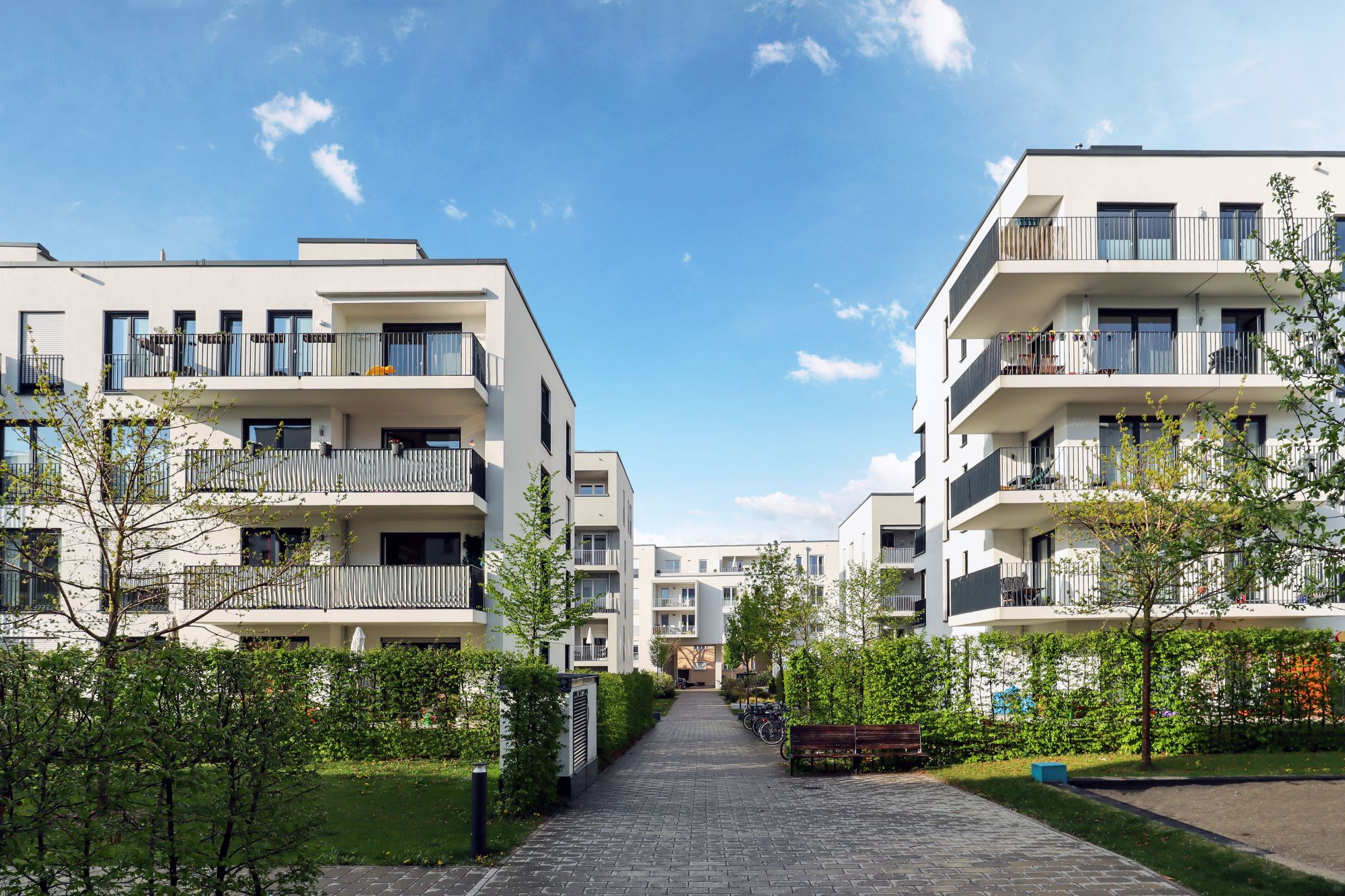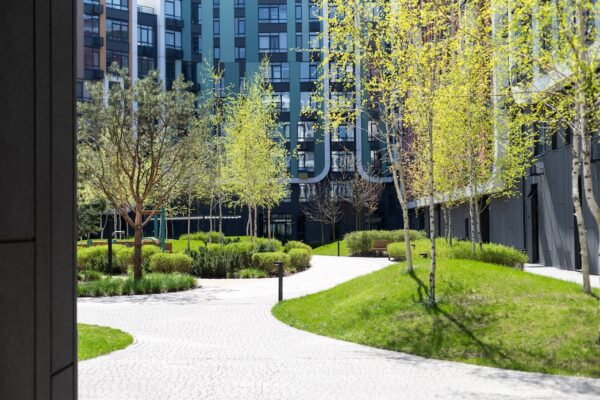Multi-family housing, a critical segment of the real estate market, offers both opportunities and challenges for property owners, managers, and tenants alike. As the U.S. Department of Housing and Urban Development (HUD) continues to support affordable housing through various programs and new inspection standards, it’s crucial to understand the evolving landscape of multi-family housing.
What is Multi-Family Housing?
Multi-family housing refers to a type of residential property that houses multiple separate families within a single building or complex. This can include structures like apartment buildings, townhouses, condos, or duplexes. It serves as a significant source of affordable housing, particularly in urban areas where space and resources are often limited.
The Benefits of HUD Programs
HUD offers numerous programs designed to make multi-family housing more affordable and accessible. These programs provide financial assistance, such as low-interest loans and tax credits, to property owners who allocate a portion of their units to low-income tenants.
For property owners and managers, these programs can offer significant financial incentives, making it easier to maintain properties and secure steady rental income. For tenants, HUD programs can open doors to quality, affordable housing that might otherwise be out of reach.
Pros and Cons for Owners and Tenants
Like any investment, multi-family housing comes with its own set of advantages and challenges:
Pros for Owners:
- Steady Income: A multi-family property typically ensures a steady stream of income, even if a few units are vacant.
- Lower Maintenance Costs: Managing maintenance tasks for a single property, as opposed to multiple standalone properties, can be more cost-effective.
Cons for Owners:
- Management Challenges: The more tenants you have, the more potential for management issues, from interpersonal conflicts to maintenance requests.
- Market Risks: In a difficult rental market, owners may face higher vacancies and lower rental incomes.
Pros for Tenants:
- Affordability: Multi-family housing is often more affordable than single-family homes, making it a crucial option for low-income renters.
- Community: These properties often foster a sense of community, with shared spaces and close proximity to neighbors.
Cons for Tenants:
- Limited Privacy: Living in close quarters with others can limit personal space and privacy.
- Less Control: Tenants often have little control over shared spaces and may face restrictions on customizing their units.
Understanding the Laws and Regulations Governing Multi-Family Housing
Managing a multi-family housing complex is a significant responsibility that requires a thorough understanding of the laws and regulations that govern these properties. The regulatory environment is complex, encompassing local, state, and federal laws designed to ensure fair housing practices, tenant safety, and building integrity. Here are some key areas of regulation that property owners and managers should be aware of:
- Fair Housing Act (FHA): This federal law prohibits discrimination based on race, color, religion, sex, disability, familial status, or national origin in the sale, rental, or financing of housing. It ensures that all individuals have equal access to housing opportunities, including multi-family units.
- Americans with Disabilities Act (ADA): ADA standards apply to public and commercial spaces, including certain parts of multi-family properties such as leasing offices, public restrooms, or any area open to the public. The ADA requires these spaces to be accessible to individuals with disabilities.
- Local Building Codes and Zoning Laws: These local regulations dictate the permissible uses for property in certain areas and provide guidelines for construction, maintenance, and safety standards for buildings. Property owners must ensure their multi-family housing units comply with these codes to avoid fines or legal action.
- Occupancy Standards: Known as the “Keating Memo” in HUD terms, these guidelines dictate the number of people that can live in a dwelling based on its size. While these aren’t law, they provide a guideline that many multi-family housing complexes follow to prevent overcrowding.
- Landlord-Tenant Laws: These state-specific laws outline the responsibilities and rights of both landlords and tenants. They cover issues such as lease agreements, rent control or stabilization, security deposits, property maintenance, and eviction procedures.
- HUD’s NSPIRE Standards: As part of HUD’s oversight of federally-assisted housing, the new NSPIRE standards are now used to assess the physical condition of multi-family properties. These standards prioritize health and safety issues, aiming to provide a more balanced and comprehensive approach to inspections.
Staying abreast of these laws and regulations is crucial for property owners and managers. Not only does it ensure the lawful operation of their properties, but it also helps to provide a safe and fair living environment for all tenants. It’s always recommended to seek professional legal advice to ensure complete compliance with all regulations governing multi-family housing.
Inspecting Multi-Family Housing: From REAC to NSPIRE
In the past, multi-family housing inspections were conducted under the REAC (Real Estate Assessment Center) protocols. These inspections focused on a weighted checklist, sometimes leading to disproportionate scores for minor issues.
However, HUD has recently introduced the National Standards for the Physical Inspection of Real Estate (NSPIRE) to better prioritize health and safety issues. Under NSPIRE, deficiencies are categorized into Health and Safety, Function and Operability, and Condition and Appearance. This shift allows inspectors to focus more on high-risk issues that directly impact residents’ wellbeing.
For instance, exposed wires or blocked fire exits will be classified under Health and Safety and receive more attention than aesthetic concerns such as peeling paint. This new approach provides a more thorough and balanced assessment of a property’s condition, benefiting both owners and tenants.
Multi-family housing represents a crucial component of the affordable housing landscape. Despite the challenges, the benefits offered by HUD programs and the improved inspection standards under NSPIRE make it an attractive proposition for both property owners and tenants. As we navigate this evolving landscape, understanding these shifts and their implications will be key to success.





